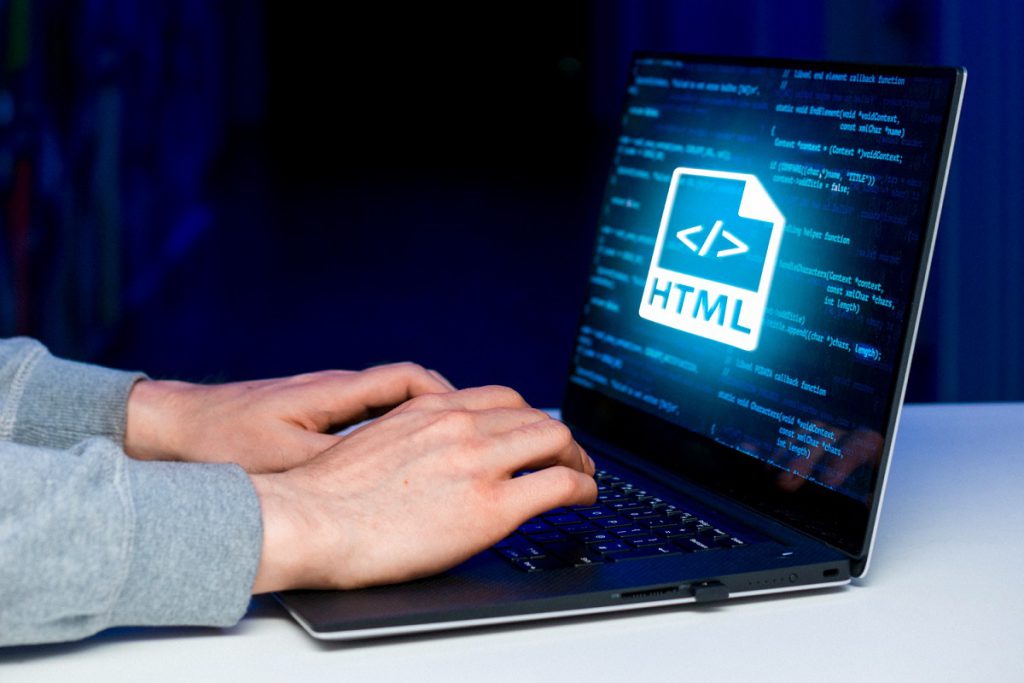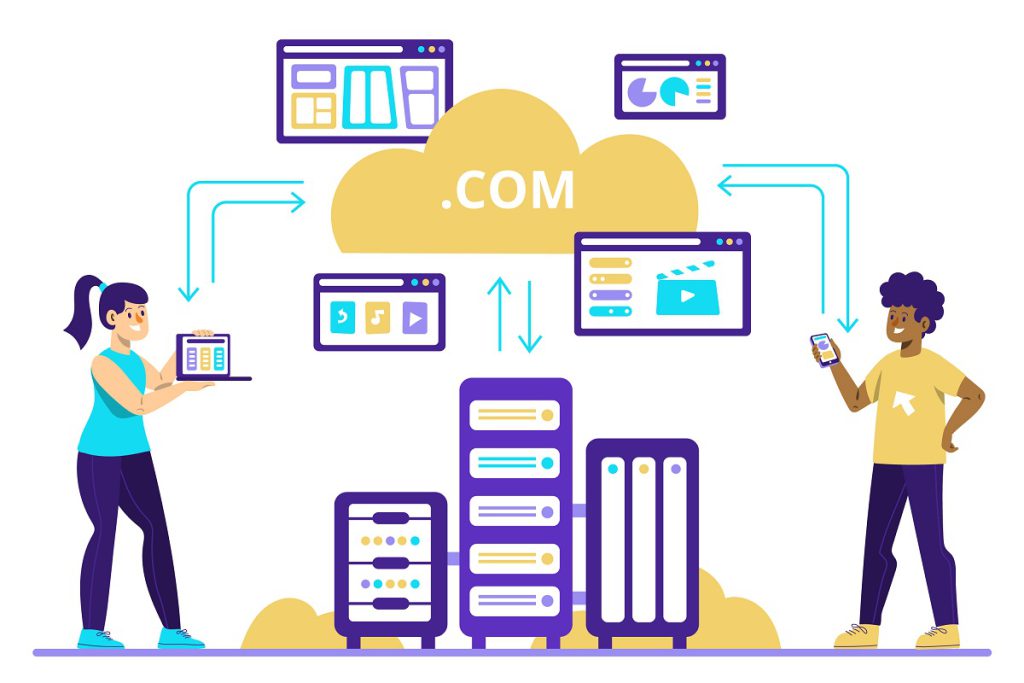Find out how using DevSecOps methods to automate AWS security can make your cloud system better. Learn how to add security to your CI/CD process to keep your data safe and in line all the time.
DevSecOps is an approach that aims at incorporating DevSec into the development operation cycle where the development, security and operations departments work hand in hand to enhance security at the development cycle level.
The ability to leverage the AWS suite to automate security processes is critical to allowing security teams to maintain constant visibility into security states and quickly respond to issues that may arise due to misconfigurations or newly identified vulnerabilities.
Integrating Security Scanning Tools
The first requirement is to introduce SAST/DAST tools into the CI/CD process, which will allow us to perform safety tests during the creation of new applications. AWS offers some choices, for instance, Amazon Inspector for scanning violations and non-compliant conditions, AWS CodePipeline for CI/CD pipeline automation, and Amazon CodeGuru for providing code quality improvement suggestions. These scanning tools can perform scanning on infrastructure, such as code templates, application source codes, container images, and running cloud resources, to check for security flaws during the development phase. Security alarms can be set up when affected by high-security risks or threats. Alerts can be made to increase the security levels of various other systems during threats.
Steps To Integrate Security Using AWS Tools
Here are some more AWS security tools that need to be integrated for a stronger security shield.
- First and foremost, AWS Key Management Service (KMS) ought to be utilized to safeguard information while it’s in transit and at rest. Allow AWS service-specific encryption, such as for S3, EBS, RDS, etc. Use AWS KMS for managing keys and providing access rights.
- Allow CloudTrail to log API calls performed by users/roles on the AWS infrastructure. There is a high correlation between CloudTrail logs and possible malicious activity; review CloudTrail logs frequently. Configure data to be sent to CloudWatch Logs for metrics collection.
- Configure AWS Config to track detailed modification history and resource configurations. Get information on settings that might alter your device’s security settings.
- To find any issues before deployment, use the AWS CodeSuite tools to pre-scan Infrastructure as Code templates. CodeCommit, CodeBuild, CodeDeploy, and CodePipeline services for safe DevOps release usage.
- Use Amazon Inspector to do continuous security scans that are linked with the Continuous Integration process. Additionally, verify AWS best practices with a Trusted Advisor.
- Utilize AWS and WAF to configure rules that will prevent various web vulnerabilities, such as SQL injection, cross-site scripting, and others Incorporate AWS Shield for protection against DDoS attacks.
- To help you detect vulnerabilities in your environments, you should conduct vulnerability scans using AWS Security Hub or Amazon Inspector frequently. The second was to focus on remediation prioritization and tracking of security findings.
- Enforce role-based security for workloads and containers as the last resort by using task roles and security policies in Amazon ECS and EKS.
- Another best practice involves frequent changes of credentials, the use of complex passwords, and the use of MFA for important accounts to enhance the security of the AWS account.
Infrastructure as Code & Policy Compliance
Standardization and reproducibility of cloud environments is one of the benefits of AWS CloudFormation, which improves infrastructure as code principles. The use of new stack templates complies with corporate security standards because they include security policy enforcement checks that are particular to CloudFormation templates. Other tools, such as cfn_nag, can examine templates for security flaws and provide feedback during the Build or Deploy phases of the Code Pipeline.
A service that is used to help with analysing and reporting on changes in configuration from a secure baseline is called CloudFormation Guard.
Access Permission Control and Secret Handling
Along with adherence to least privilege access and separation of duties as key components, it is critical to minimise the attack surface. AWS Identity and Access Management (IAM) thus provides robust access rights management with features such as key access and SAML for human resource access. To reduce the exposure for the machines, there are certain mechanisms like short-lived tokens, roles and temporary credentials.
AWS Secret Manager and AWS KMS are two services used for secure storage, rotation, and lifecycle management of application secrets and encryption keys, respectively.
Continuous Compliance Monitoring
While compliance checkers are helpful for compliance reporting, to maintain awareness of consistent compliance with security standards and avoid configuration drift in large-scale, rapidly changing environments, continuous compliance checks against security standards using AWS Config are necessary. Config Managed Rules can also enable one to have an automated mechanism of scanning for violations regarding security standards and initiate alert or remediation mechanism entities like Lambda to rectify the issues. The compliance reports that show proof of compliance with regard to projects, environments, and accounts support this.
WAF Shield and GuardDuty Duty: Runtime Protection
AWS Web Application Firewall helps safeguard web applications from basic threats such as SQL injection, cross-site scripting and denying specific regions access to web applications. In order to handle volume attacks, AWS offers AWS Shield, an anti-DDoS solution that includes traffic analysis and automatic capacity allocation. When AWS GuardDuty threat detection is implemented, there are indications that instances have been compromised or other malicious behaviours or unauthorised instances and deployments have occurred, which is achieved through ML on data sources such as VPC Flow Logs. The alerts from these can help in quickly identifying the attacks and taking necessary actions in response to it.
Logging, Monitoring, and Incident Response Management for the Organization
Application and security logs can be automatically forwarded to Amazon CloudWatch Logs or Amazon S3 to reduce costs for long-term storage for auditing or forensic purposes. CloudWatch Metrics and Dashboards help in monitoring important operational or business KPIs and threats identified by services like GuardDuty. When it comes to incident response, AWS uses Amazon Event Bridge to automate and has the ability to integrate third-party SIEM tools to generate alarms and automatically launch responses across multiple accounts and regions.
Conclusion
Thus, utilising the above set of security automation practices enables enterprises to scale security environments, maintain compliance, and drive effective threat detection across vast and ever-evolving infrastructures such as AWS, all without compromising developer agility.
When public cloud adoption continues its pace, a DevSecOps model supported by policies, automation, and unified observability must be adopted to achieve both security and innovation goals.
Related Posts:
- Why AWS Consulting Services For Business Is Essential
- Best Ways to Find Reliable AWS Consulting Partners Online
- Understanding AWS: Benefits, Tools, and the Role of AWS Consulting Partners
For more data engineering updates, follow us on Facebook, Twitter, and LinkedIn.




